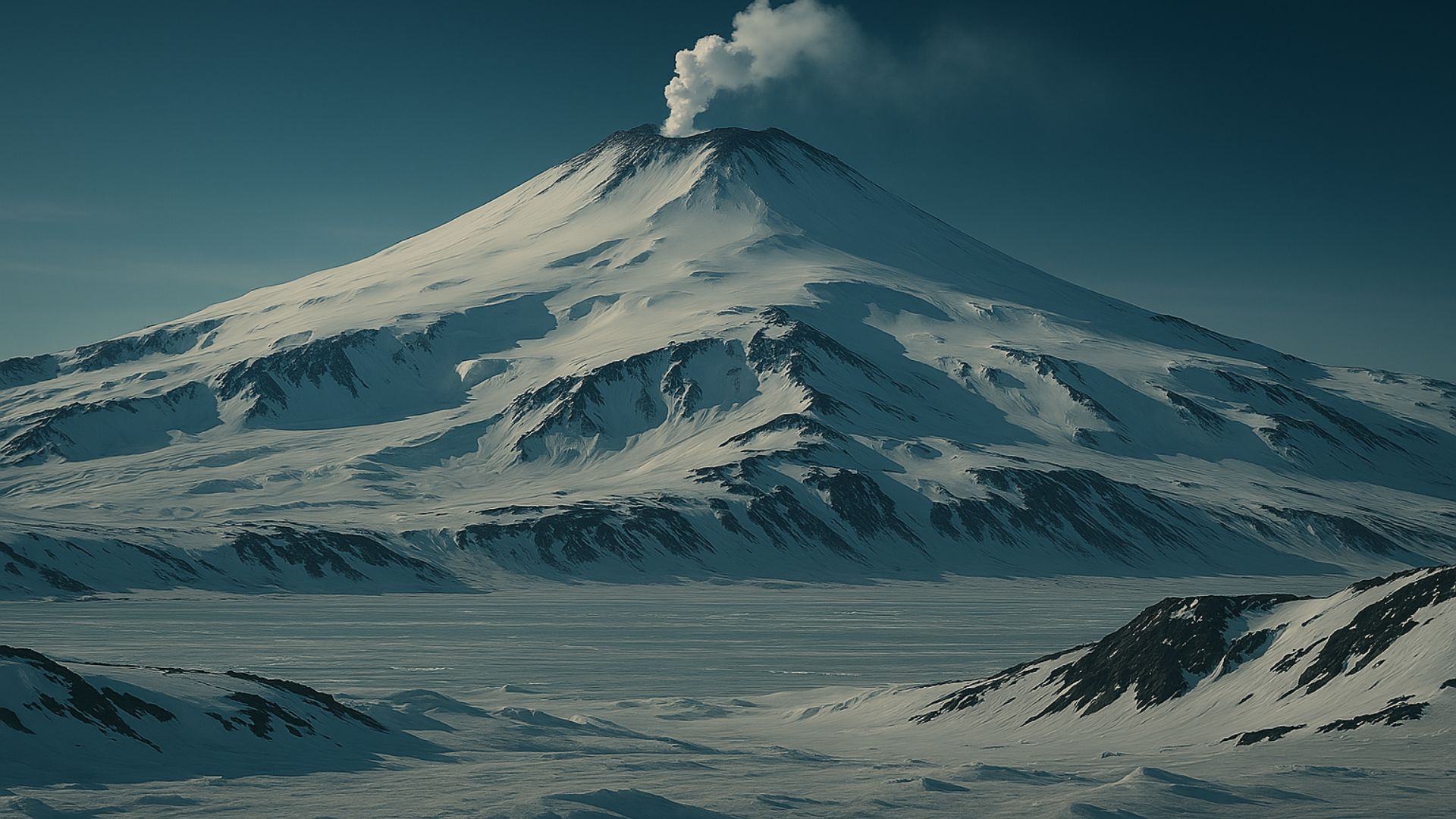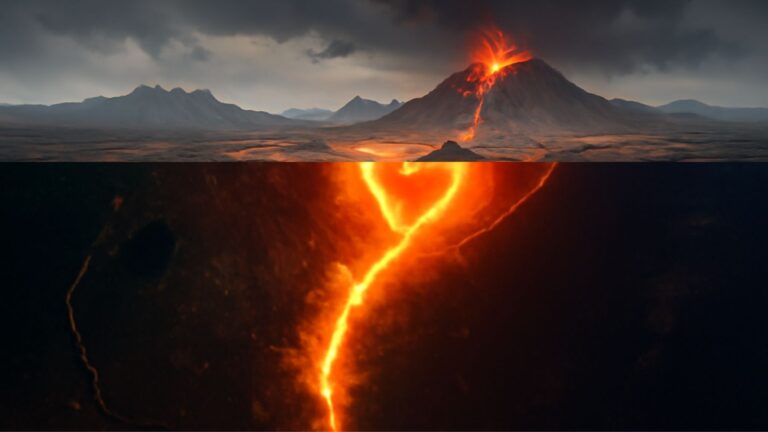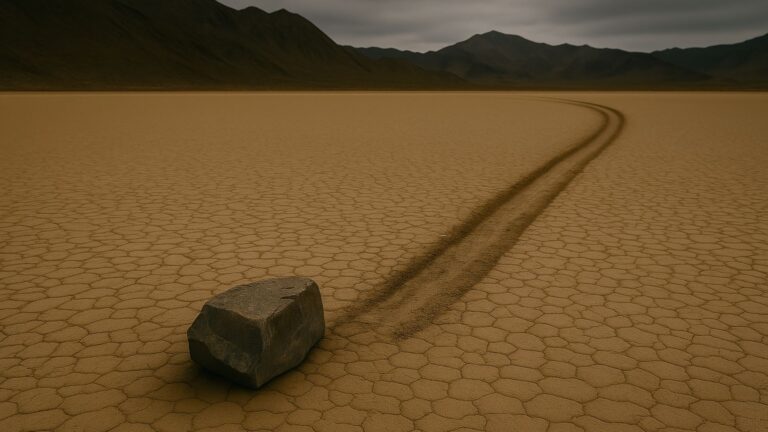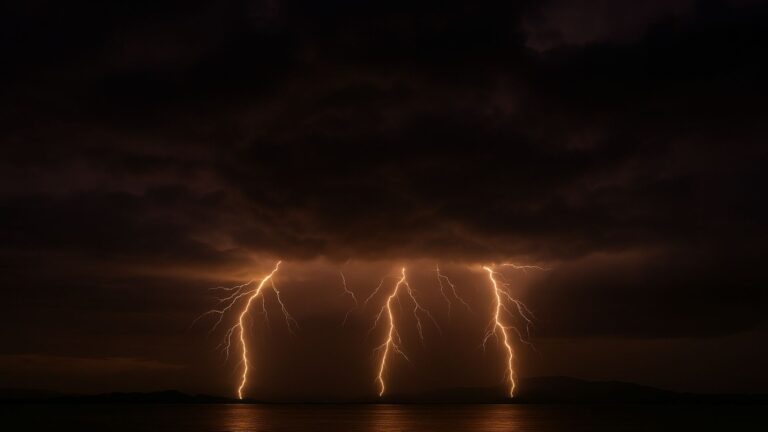Volcano in Antarctica That is Still Active- Mount Erebus, the Volcano Beneath the Ice
Volcano in Antarctica That is Still Active- Mount Erebus, the Volcano Beneath the IceWhen we think of Antarctica, we picture endless fields of ice, sub-zero temperatures, and a landscape untouched by fire. But deep within this icy wilderness lies Mount Erebus — a volcano that’s been actively erupting for decades.
Located on Ross Island, near McMurdo Station, Mount Erebus is the southernmost active volcano on Earth. It was first discovered in 1841 by polar explorer Sir James Clark Ross and named after one of his ships. What makes Erebus truly unique isn’t just its remote location — it’s the persistent lava lake bubbling in its crater.
🔥 A Lava Lake in the Coldest Continent
Mount Erebus is one of only a few volcanoes on Earth with a constant lava lake. This means molten rock has been exposed at the surface of the crater continuously for decades, despite being surrounded by temperatures that can fall below -60°C (-76°F).
The contrast is surreal: a seething, fiery cauldron sitting atop a glacier. The volcano’s summit reaches about 3,794 meters (12,448 feet), towering above Ross Island’s frozen expanse.
🌋 How Active Is Mount Erebus?
Mount Erebus has been erupting continuously since 1972. It’s not explosive like Mount St. Helens — instead, it produces small Strombolian eruptions, releasing gas, volcanic bombs, and sometimes glowing lava chunks into the air.
Its activity is carefully monitored by volcanologists, many of whom brave the Antarctic climate to study its behavior. Researchers use remote sensing equipment and even drones to study Erebus without risking lives.
Must Read: Mildred Harnack – The American Who Resisted Hitler
🔬 Why Study a Volcano in Antarctica?
Studying Mount Erebus gives scientists valuable data on:
- Volcanic gas emissions and their global impact
- The formation of lava lakes and their behavior
- Comparisons with extraterrestrial volcanism on Mars or icy moons
It also helps us understand how life might survive in extreme environments, paving the way for astrobiology research.
🌎 A Glimpse Into Earth’s Fiery Core
Mount Erebus is a reminder that even in Earth’s coldest corners, the planet is alive — with molten energy churning beneath the crust. It’s a living paradox: fire beneath ice, danger amid stillness.
For explorers, scientists, and curious minds, Erebus is both a hazard and a marvel — one that proves nature never stops surprising us.
🧠 Fun Fact:
The inside of Erebus contains unique ice caves, carved by volcanic gases, which harbor microbial life. Some researchers believe these may mimic conditions on Europa or Enceladus, moons of Jupiter and Saturn.








One Comment